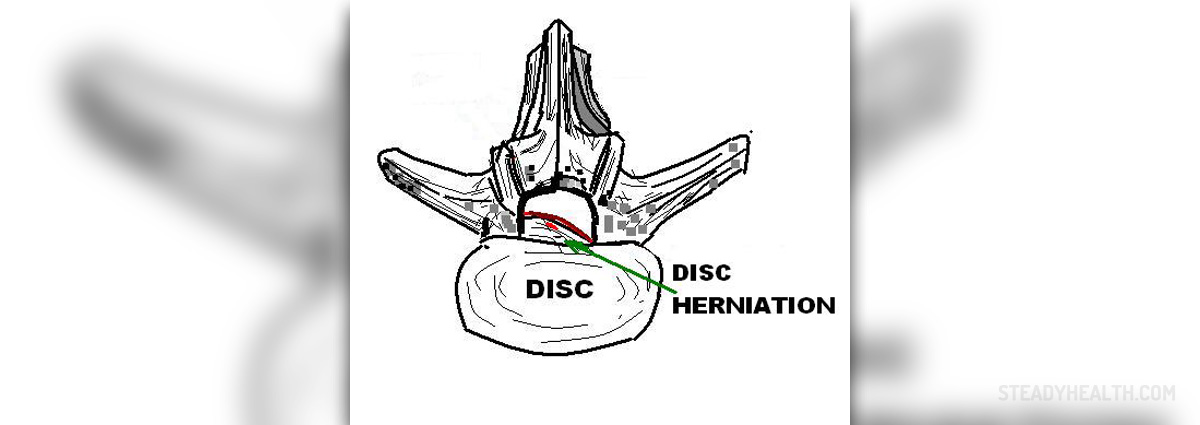
Spinal discs and degenerative diseases
Discs serve as cushioning for vertebrae. As we know,the spine is composed of a number of vertebrae that are stacked on top ofone another and jointed in such a way that spine, as a whole, canbear enormous weight (movement dynamics are such that loads on thespine when moving far exceed our weight) and still be a very flexiblestructure, capable to bend virtually anywhere, seen from itslongitudinal axis. Spinal discs are made of a a tough elastic outercore and soft, gelatinous filling and are shaped much like a lens ofa magnifying glass. They are located between each pair of vertebrae.
Degenerative disc disease is a term for any conditionwhere a a damaged (herniated, bulging or ruptured) vertebral disc(normal wear and tear, aging or excess stress or load can causedamage to the discs) causes chronic pain in specific regions of thespine, namely, neck or lower back.
The catch is that many nerve roots and the spinalcord pass just next to the disc, and any bulge, leakage or the entiredisplaced disc can irritate them and cause pain that is felt in theregion innervated by the irritated nerve or on location. also, discshave no blood supply and therefor heal/repair themselves incrediblyslowly. Thus the problem - and, the pain - are long term.
Types of disc damage
A bulging disc is a disc that has moved from itsnormal place. This happens when the outer mantle of the disc becomespermeable to water because of scarring, and the gelatinous corelooses water and thus its volume and elasticity. This can cause thedisc to be displaced. This is a gradual process. The lower back is thetypical site of bulging discs. A herniated disc is usually caused byinjury or trauma to the spine. In this case there is a rip in theouter mantle and the inner core protrudes through it.
Recovery
Plenty of rest (preferably bed rest) with as littlemovement is essential for recovery from a bulging disc in the neckarea. If there is pain and swelling, the doctor in charge mightprescribe anti-inflammatory drugs and/or painkillers. Later on, thereis a gradual introduction of physiotherapy and home exercises. The affected area might also be treated with alternating heat and cold.The spine should be relieved of as much load as possible. This meansthat you should use a firm mattress and firm and thin pillows to keepthe neck and spine straight. Placing a pillow under your knees sothat your legs are bent at the knees or slightly elevated furtherreduces load on the spine.
Surgery as an option
If possible, traditional open surgery is notpreferred as treatment, as surgery is very complex and possiblydangerous. In any case, all decisions should be made based on theadvice of the doctor which is in charge of you and after yourcondition is determined by adequate tests. Recent developments in thefield of medicine allowed for use of much less invasive surgicaltechniques, connected to almost no risks and favored for no hospitalstay and quick recovery.




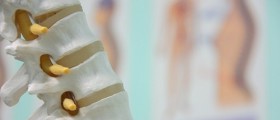

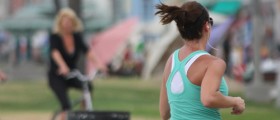

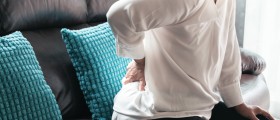
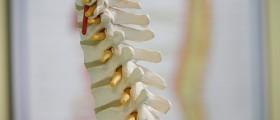
-Causes,-Symptoms,-Diagnosis,-Treatment_f_280x120.jpg)




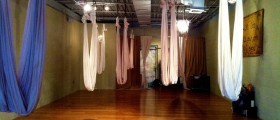
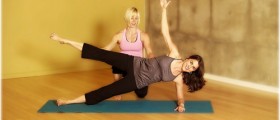
Your thoughts on this
Loading...